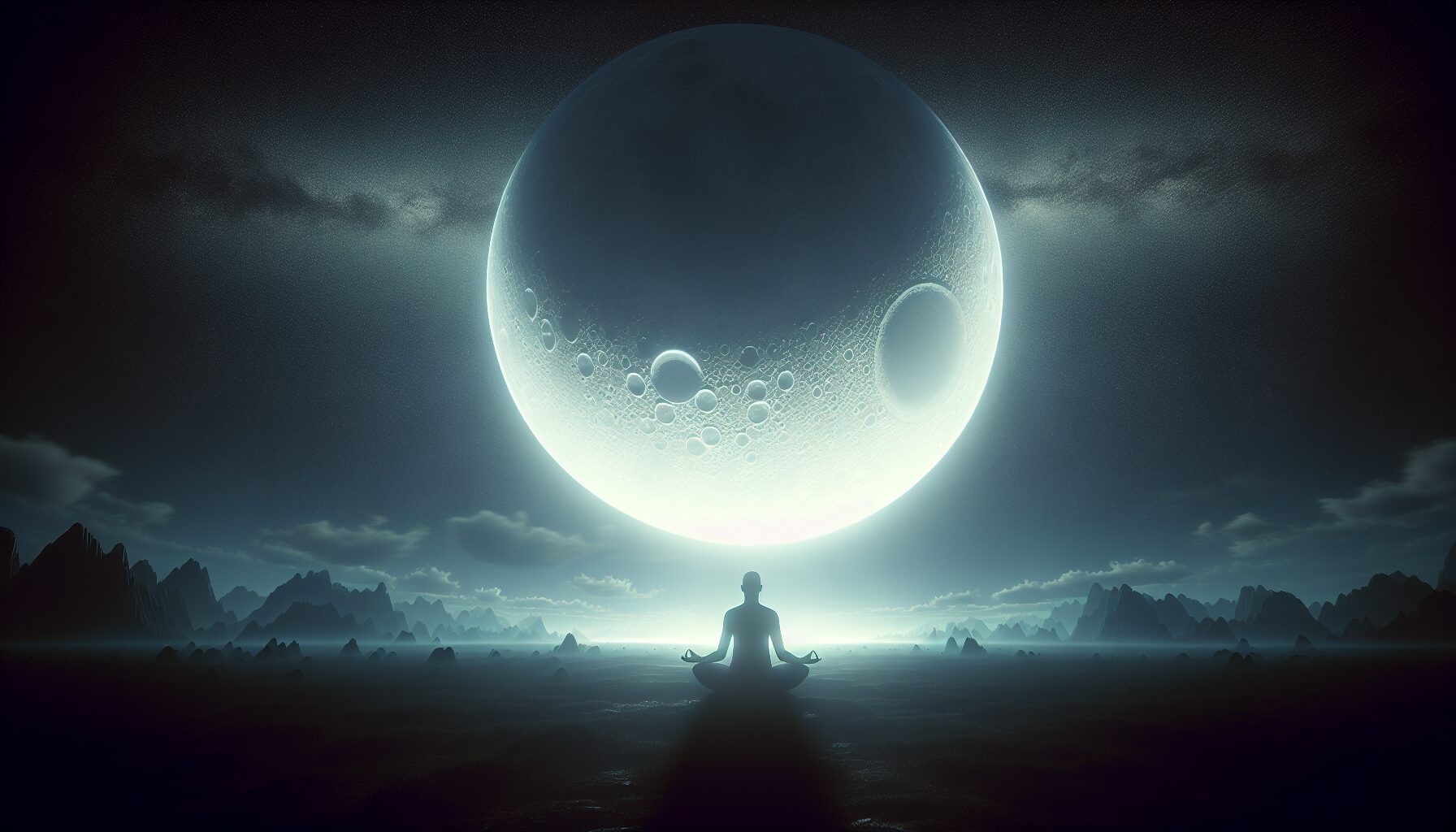Empty Altars: Emptiness in Occult Practice
The concept of emptiness in spiritual and occult practices is both a deeply intriguing and challenging aspect for many practitioners. At the heart of numerous traditions, the notion of the “empty altar” emerges as a potent symbol and a tangible expression of various esoteric philosophies.
The Symbolism of Emptiness
Within the occult, an empty altar can represent the potential for creation and manifestation. It serves as a blank canvas, inviting forces of the universe to fill the void. This practice is steeped in the belief that emptiness is not a lack of something, but a presence all of its own. As the spiritual teacher Adyashanti discussed in his considerations on emptiness, “True emptiness is not empty, but is full of creative potential.” This aligns with the view in many mystical traditions that acknowledge emptiness as the source of power and renewal.
Historical and Modern Perspectives
Historically, religions and mystic orders have utilized altars adorned with relics, symbols, and offerings. However, the choice to maintain an empty altar has been practiced as a way to embody the principle of detachment—a relinquishing of the material world to embrace the boundless nature of spiritual reality. This approach can be seen reflected in Zen Buddhism, where the concept of “Mu” or “nothingness” is central to understanding reality beyond superficial appearances.
In modern esoteric practices, emptiness is observed as a form of meditation, where practitioners are encouraged to create a mental “empty altar” as a space for reflection and spiritual growth. By doing so, individuals are often able to reach deeper insights and experience a kind of spiritual rejuvenation.
Practical Applications
- Mindfulness and Meditation: The act of keeping an altar empty can translate into a meditative practice, focusing on the flow of energy and potential rather than specific objects or goals.
- Connection with the Self: It can serve as an exercise to connect with one’s inner self, by acknowledging the emptiness within as a place of peace and creativity.
- Manifestation: Observing an empty altar might act as a catalyst for manifestation, grounded in the belief that absence can often lead to presence.
“Before a man can achieve holy emptiness, he must be free from attachments of the world.”—Laozi
Ultimately, the practice of maintaining an empty altar within the ritualistic framework may not only deepen one’s understanding of occult traditions but can also enrich the personal spiritual journey. Through emptiness, the infinite potential unfolds, standing as a testament to the mystical wellspring of creation itself.









